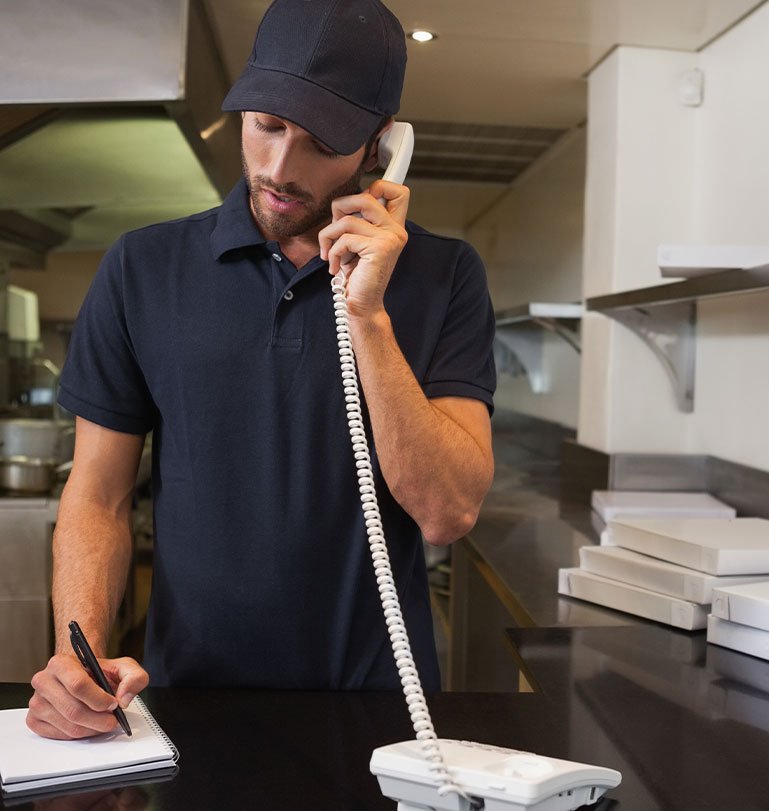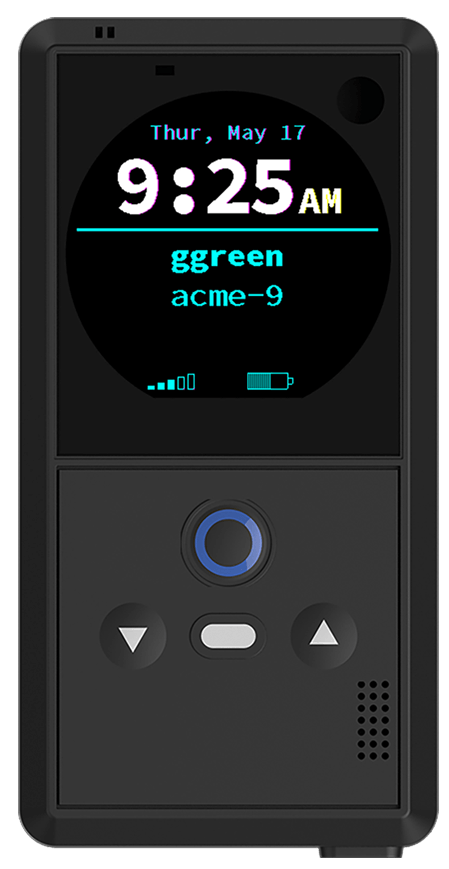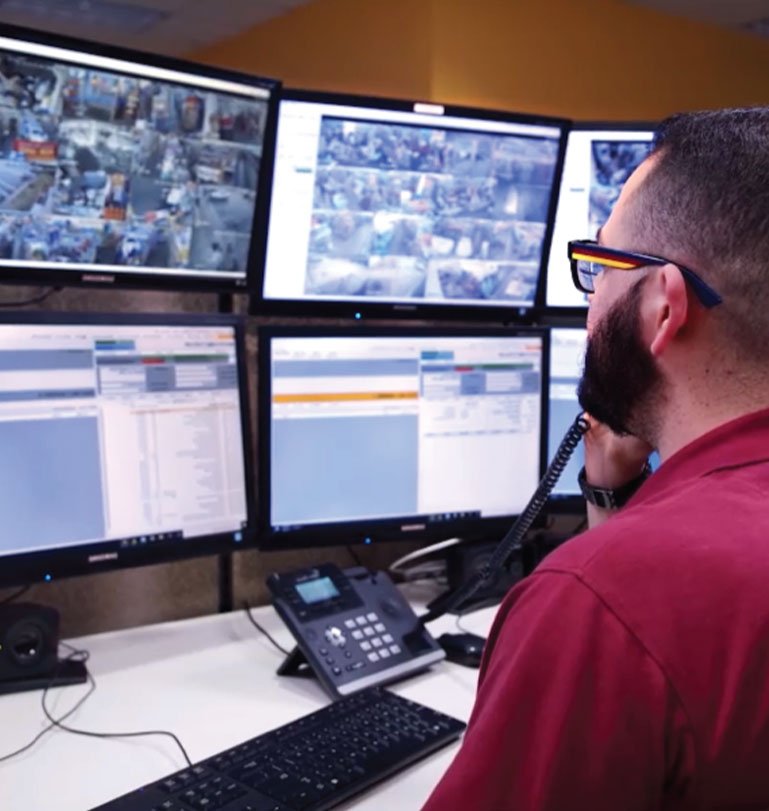Comprehensive Lone Worker Safety Monitoring Solution
The Interface Personal Protection Monitoring (PPM) is a smart, location-aware wearable lone worker safety device backed by trained intervention specialists to give your lone workers the safety umbrella they need to tackle adverse work situations with confidence.
Lone Worker Safety Is Critical for Consumer-Facing Businesses
Lone Worker Risks Businesses Should Address
As businesses change their operating model to serve customers anywhere and anytime, lone workers are facing greater risks at work.
- Curbside delivery is now an accepted norm in the retail industry. Even jewelry chains are offering curbside pickups for high-value items.
- More restaurant chains now rely on employees to make home deliveries to avoid the use of expensive third-party delivery service providers.
- Banks and financial services companies with retail presence often run branches with a lone employee or with limited staff with extended work hours.
- Hospitality brands rely on lone workers for the upkeep and maintenance of large properties which sometimes have very low occupancy rates.
- Luxury good retailers have a unique risk profile. Valuable products and sometimes dangerous store locations make employees particularly vulnerable.

How Our Lone Worker Safety Monitoring Solution Works
The Interface lone worker safety monitoring solution has two critical components:
1.
Smart, Wearable, Personal Safety Device for Lone Workers
2.
Remote Monitoring Service That Is Activated When the Lone Worker Needs Help

The Interface PPM Smart Wearable Personal Safety Device
- Single-push panic button
- Send evidentiary-grade photographs and establish an audio bridge with monitoring center
- Lone workers can wear the smart safety device discreetly
- GNSS/GPS and cellular-assisted A-GPS
- Just the size of a business card with weight less than 4 ounces
- No implementation. Go live instantly!

The Interface Interactive Security Operations Centers for Security Monitoring
- Two-way voice bridge with lone employee in distress
- Complete situational awareness
- Trained intervention specialists
Frequently Asked Questions
A lone worker is someone who is working at the place of employment when no one is around and assistance is not readily available.
The lone worker may also be in a risky location such as outside the store or office or working from a location that has a high incidence of crime.
- Physical risks: Lone workers may be at risk of physical harm from accidents or attacks. They may be working in hazardous environments, such as construction sites or factories, where they could be injured by equipment or machinery. They may also be more vulnerable to assault or theft in isolated areas such as in a large retail store during the night shift.
- Risks when being mobile: Mobile workers may be at risk of physical harm when traveling or working in unfamiliar environments. They may be driving long distances or working in high-risk areas such as when delivering food or goods.
- Health risks: Lone and mobile workers may be at risk of health issues, such as dehydration, fatigue, or stress. Without close supervision, they may not take adequate breaks, eat properly, or get enough sleep.
- Psychological risks: Lone and mobile workers may experience social isolation, which can lead to feelings of loneliness, anxiety, or depression. They may also be more vulnerable to bullying or harassment, as there is no one around to intervene.
- Technical risks: Lone workers may be using equipment or machinery that requires specialized training or expertise. If they are not properly trained or equipped, they may be at risk of accidents or injury.
- Road accidents: Delivery drivers are at risk of being involved in road accidents due to the high demands of their job, which may require them to drive for long hours, often in adverse weather conditions.
- Robberies and assaults: Delivery drivers often carry cash and valuable items with them, making them targets for robberies and assaults. In some cases, drivers have been attacked or robbed while making deliveries.
- Injuries: Delivery drivers may suffer injuries while on the job, such as slips, falls, and cuts, particularly when delivering to locations with uneven surfaces, staircases, and poor lighting.
- Exposure to illness: During pandemics such as COVID-19, delivery drivers may be at risk of exposure to illness while making deliveries, particularly if they are not provided with adequate protective equipment.
- Fatigue: Due to the nature of their work, delivery drivers may be at risk of fatigue, which can affect their ability to drive safely and make accurate deliveries.
A lone worker safety policy allows a business to clearly identify and communicate the risks associated with lone workers. The policy defines the responsibilities of employees in risky situations and the required actions needed to mitigate the risks.
The key components of a lone worker policy include:
- Purpose
- Lone worker risks
- Action plan to mitigate risks
- Implementation – Roles and Responsibilities
- Details of applicable regulations
- Incident management procedures
- Emergency communication plan
The Interface PPM smart wearable device is activated only when the lone worker presses the panic button. In addition, customers can choose to define monitoring guidelines for the Interface PPM solution to meet all privacy requirements. For example, our smart wearable devices can be programmed not to take photo bursts when activated or block Interface intervention specialists from initiating a call to the lone worker via the audio bridge.
The Interface PPM lone worker monitoring solution has two critical components built for reliability and with a safety-first design approach.
Our smart device is discreet, built on the Java operating system, and purpose-built to do only one thing reliably i.e, create a secure audio bridge with the Interface Command and Control Center and relay evidentiary grade photographs along with location information immediately to our intervention specialists.
Our monitoring team tackles over 6 million safety challenges every year and has unmatched real-world experience. Our Command Center is the winner of the prestigious TMA (CSAA) Five Diamond award. We have put together a top-notch solution offering that’s hard to beat.
Give Your Lone Workers the Safety They Deserve
Partnerships and Certifications




Related Services